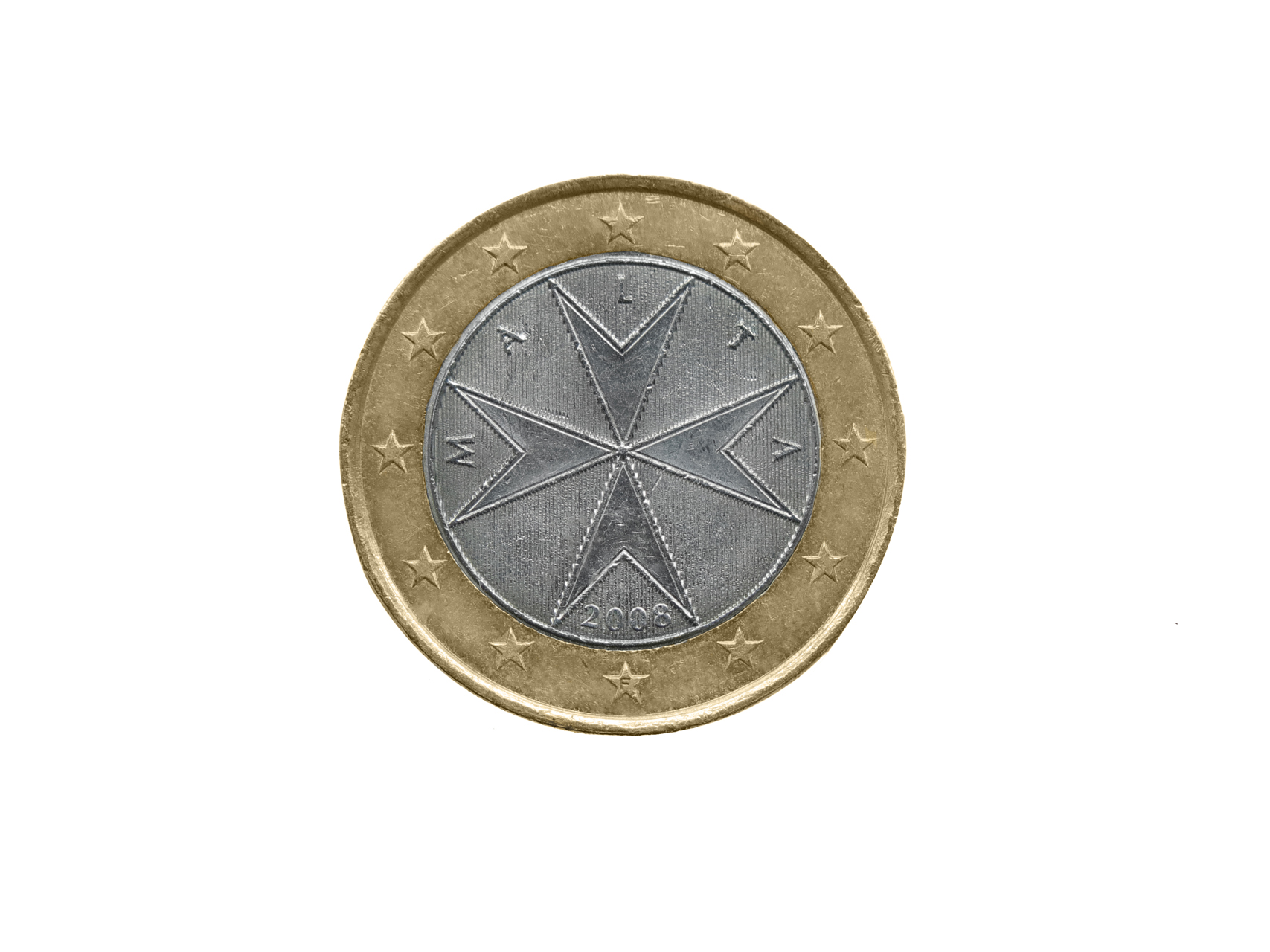The Knightly Orders and euro coins
Almost everybody heard about Templars, Hospitallers and Teutonic Knights. However, these Knightly Orders are something very far away in the Medieval Times for a general opinion in nowadays. Most interesting is that you can find traces of these medieval monastic military orders on the European Union coins national sides even today. In fact it is not surprising, because Knightly orders due theirs multinational origin (except the German Order or the Teutonic Order), a financial and military power were at the source of some European Union countries; the exemplars of such are Portugal, Malta and Germany.
Portugal

As it can be seen on the picture, on the Portuguese 1 euro coin is depicted the royal seal of 1144 of Afonso I, King of Portugal with the Templars’ cross. The Order of Solomon's Temple represented an influential power in Europe and Outremer in these times and Portugal was no an exception. This Knightly Order established foundations of Portugal as the independent state during the Reconquista. The King was dependent on them, probably therefore Templars’ cross appeared on his seal and as the national symbol is used on euro coins of this country.
Malta

Malta, Gozo and Comino islands were granted for the Order of St. John knights or Hospitallers by Emperor Charles V in 1530 for the annual fee of one Maltese falcon. The Order of St. John ruled islands until 1798, when Napoleon expelled them from there. During this period knights developed the monastic state in Malta, which heritage can be seen and felt today. Consequently, the eight-pointed cross or the Maltese cross associated with the Order of St. John represents the country symbol, and it appears on Maltese euro coins (it is seen on 1 euro coin on the picture).
Germany

The Eagle on the national side of the German 1 euro coin (on the picture) has its origins from the black Eagle, the coat of arms of Holy Roman Empire. Emperor Frederick II granted the German Order right to use this Imperial Eagle as the coat of arms in 1229. The Teutonic knights created the monastic state on the territory of Prussia subsequently. Prussia, which developed from this state, performed a significant role in the creation of the Germany; respectively the Eagle of the Teutonic Knights became the basis for the coats of arms of the successive Prussian and German states.